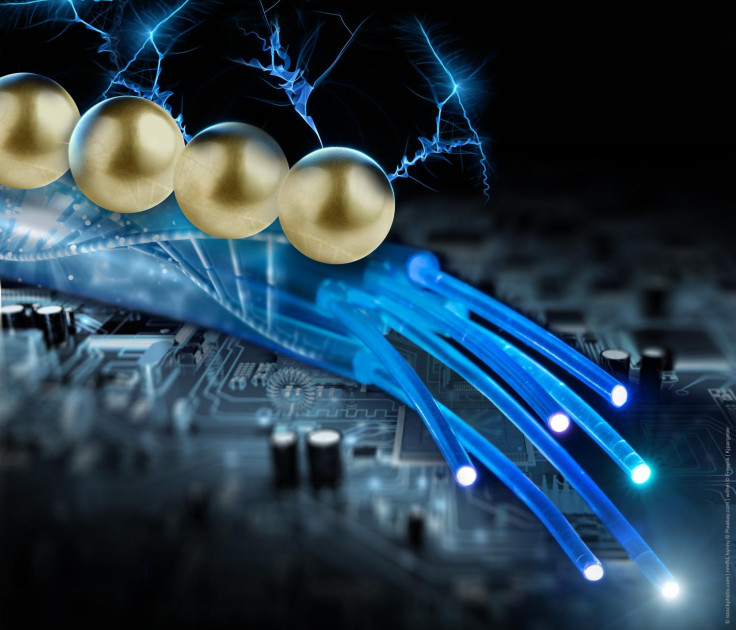Organic computer chip breakthrough: DNA programmed to build tiny transistors
German scientists have conducted electricity on gold nanowires assembled using DNA strands.

Scientists have managed to develop transistors out of gold nanowires that assemble by themselves using DNA – a breakthrough that is another step towards one day building cheap and fast organic computer chips.
Although transistors have shrunk down to a 14 nanometre fabrication process, manufacturers want to get this even smaller. This is difficult because researchers keep hitting physical limits that they can't beat.
"The industry has thus far been using what is known as the 'top-down' method. Large portions are cut away from the base material until the desired structure is achieved. Soon this will no longer be possible due to continual miniaturisation," explained Dr Artur Erbe of Helmholtz-Zentrum Dresden-Rossendorf (HZDR) Institute of Ion Beam Physics and Materials Research in Germany.
One way around this is to get molecules and atoms to organise themselves to produce even smaller transistors organically, and German physicists have managed to make this work by developing components from modified DNA.
The researchers succeeded in getting gold nanowires to independently assemble themselves from single DNA strands by taking a long single strand of genetic material and combining it with shorter DNA segments through the base pairs in order to form a stable double strand.
Their study, entitled "Temperature-Dependent Charge Transport through Individually Contacted DNA Origami-Based Au Nanowires" is published in the ACS journal of fundamental interface science Langmuir.
Building organic computer chips could soon be possible
"With the help of this approach, which resembles the Japanese paper folding technique origami and is therefore referred to as DNA-origami, we can create tiny patterns. Extremely small circuits made of molecules and atoms are also conceivable here," said Erbe.
"This connection between the substantially larger electrodes and the individual DNA structures have come up against technical difficulties until now. By combining the two methods, we can resolve this issue. We could thus very precisely determine the charge transport through individual wires for the first time."
The scientists call this the "bottom-up" method and believe that their new technique could revolutionise the production of electronic components as they have proved it is possible to conduct an electrical current through the gold-plated wires.
However, the nanowires conduct electricity better at room temperature than at lower temperatures, so next the researchers intend to improve the nanowires by incorporating conductive polymers between the gold particles.
"We could demonstrate that the gold-plated DNA wires conduct energy. We are actually still in the basic research phase, which is why we are using gold rather than a more cost-efficient metal. We have, nevertheless, made an important stride, which could make electronic devices based on DNA possible in the future," said Erbe.
© Copyright IBTimes 2024. All rights reserved.







